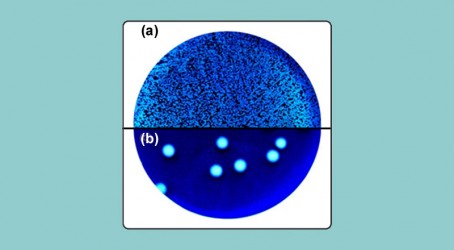Articles
Materials scientists and engineers at the University of Birmingham have devised a way of making stainless steel surfaces resistant to bacteria.
By introducing silver or copper into the steel surface (rather than coating it on to the surface), the researchers have developed a technique that they claim not only kills bacteria but is very hard and resistant to wear and tear during cleaning.
Bacteria resistant surfaces could be used in hospitals to prevent the spread of superbug infections on stainless steels surfaces, as well as in medical equipment, for example, instruments and implants. They would also be of use to the food industry and in domestic kitchens.
The team has developed a novel surface alloying technology using Active Screen Plasma (ASP) with a purpose designed composite or hybrid metal screen. The combined sputtering, back-deposition and diffusion allows the introduction of silver into a stainless steel surface, along with nitrogen and carbon. The silver acts as the bacteria killing agent and the nitrogen and carbon make the stainless steel much harder and durable.
The researchers replicated the cleaning process for medical instruments in hospitals. After cleaning the treated instruments 120 times they found that the antibacterial properties of the stainless steel were still intact and the surface still resistant to wear.
Hanshan Dong, professor of surface engineering at the University of Birmingham and lead investigator, said: “Previous attempts to make stainless steel resistant to bacteria have not been successful as these have involved coatings which are too soft and not hard-wearing.
“Thin antibacterial coatings can be easily worn down when interacting with other surfaces, which leads to a low durability of the antibacterial surface. Our technique means that we avoid coating the surface, instead we modify the top layers of the surface.”
Professor Dong’s team are confident that this technique could be used in the manufacturing of stainless steel products as they are already able to surface engineer items of up to two metres x two metres in the laboratory.
